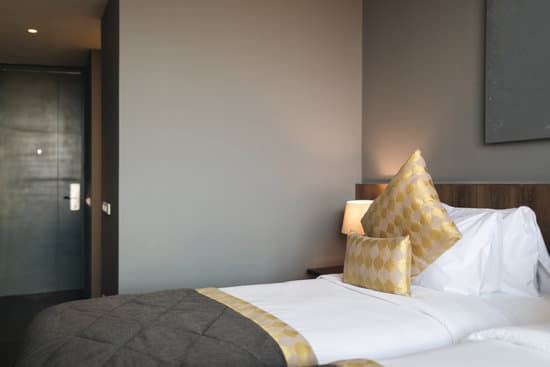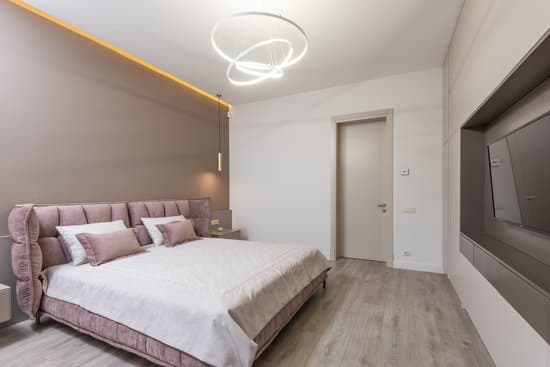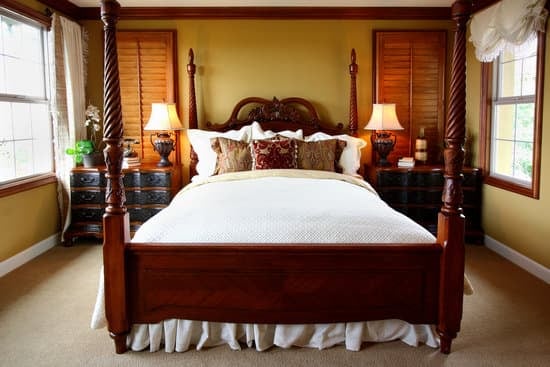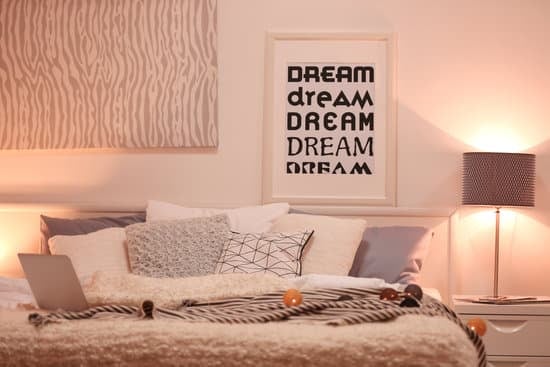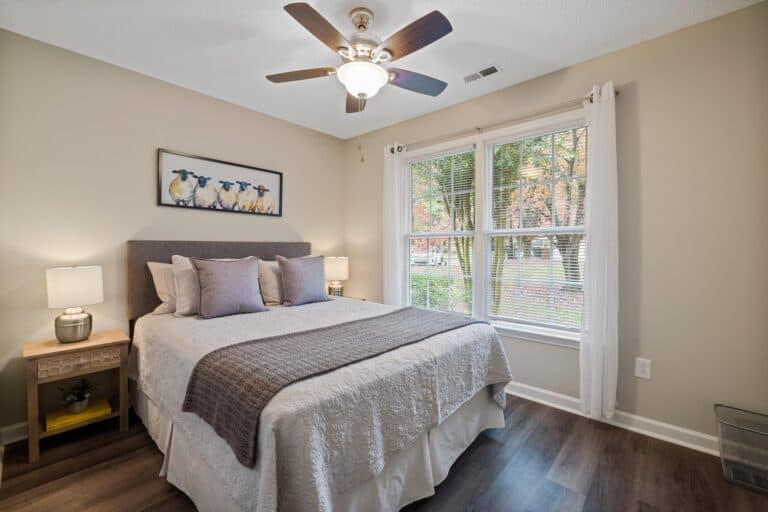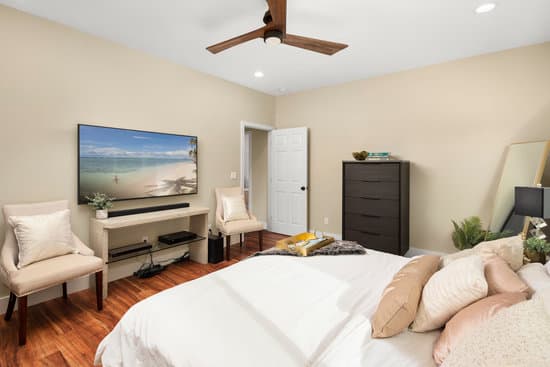Are you ready to transform your bedroom with a fresh coat of paint? Before diving into this exciting project, it’s crucial to determine how many gallons of paint you’ll need. By following the steps outlined in this article, you can ensure that you have enough paint for complete coverage while minimizing waste. From measuring the size of your bedroom to calculating the paint coverage, we will guide you through the process so that you can achieve a beautiful and safe result.
Measuring the Size of Your Bedroom
You’ll want to measure the size of your bedroom before determining how many gallons of paint you’ll need. This is important for ensuring you have enough paint to cover all the walls without running out halfway through. To accurately measure your bedroom, start by finding the length and width of each wall. Use a tape measure and make sure to measure from corner to corner for precise results. Add up all the measurements to find the total square footage of your bedroom. Keep in mind that common bedroom sizes can vary, with most bedrooms ranging from 100 to 300 square feet. Once you have the total square footage, consult a paint calculator or ask a professional at your local hardware store to determine how many gallons of paint you’ll need for optimal coverage. Remember, it’s better to have a little extra than not enough!
Determining the Number of Coats
To determine the number of coats needed, it’s important to consider factors like the size and condition of the walls. These factors can affect paint drying time and impact the overall finish of your bedroom walls. If your walls are in good condition, one coat may be sufficient. However, if you have rough or porous surfaces, you may need multiple coats for a smooth and even paint finish. To achieve this, make sure to clean and prep your walls properly before painting. Fill any holes or cracks with spackle and sand down any rough spots. Applying a primer before painting can also help ensure an even coverage. Additionally, using high-quality paint brushes or rollers can contribute to a professional-looking result. By taking these factors into consideration and following these tips, you’ll be able to determine how many coats of paint you’ll need for your bedroom while achieving a safe and beautiful outcome.
Choosing the Right Type of Paint
When deciding on the appropriate type of paint, it’s crucial to consider factors such as the surface texture and desired finish. Choosing the right finish is key to achieving the desired look for your bedroom walls. There are different types of finishes available, including matte, satin, and semi-gloss. Matte finishes are great for hiding imperfections on walls but may not be as durable or easy to clean. Satin finishes offer a subtle sheen and are more washable than matte finishes. Semi-gloss finishes provide a shiny appearance and are highly durable, making them ideal for high-traffic areas like bedrooms. When comparing different paint brands, make sure to read customer reviews and check for safety certifications to ensure you’re selecting a product that meets your needs while prioritizing safety for yourself and your loved ones.
Calculating the Paint Coverage
To calculate the paint coverage for your bedroom walls, start by measuring the length and height of each wall. Multiply these measurements to find the total square footage of each wall. Add up the square footage of all the walls to get the total area you’ll be painting.
Next, consider the type of paint you’re using. Different paints have different coverage rates, so check the label or consult with a professional to determine how many square feet one gallon can cover.
Calculating paint costs is important too. Multiply the total area by the number of coats you plan to apply, then divide it by the coverage rate per gallon. This will give you an estimate on how many gallons of paint you need.
Lastly, selecting paint colors is a fun part! Consider your personal style and desired mood for your bedroom when choosing colors that promote relaxation and tranquility. Remember to always follow safety guidelines while handling and storing paint products.
Estimating the Number of Gallons Needed
Estimating the number of gallons needed can be tricky without considering the coverage rate per gallon. To ensure you have enough paint for your bedroom, it’s important to calculate the paint cost accurately. One way to do this is by using a paint calculator, which takes into account factors such as room dimensions, number of coats, and type of surface. This tool helps you estimate the amount of paint required, giving you a better idea of how much to purchase. It’s always better to have a little extra than running out in the middle of your project. By estimating the number of gallons needed properly, not only will you save time and money but also avoid unnecessary trips to the store. So grab that paint calculator and start planning for a successful painting job!
Conclusion
In conclusion, determining the amount of paint needed for your bedroom is a straightforward process. By measuring the size of your room and considering the number of coats required, you can easily calculate how many gallons of paint to purchase. Additionally, choosing the right type of paint and estimating its coverage will help ensure you have enough to complete your project without any unnecessary trips to the store. So go ahead and confidently tackle that bedroom makeover knowing exactly how much paint you’ll need!

